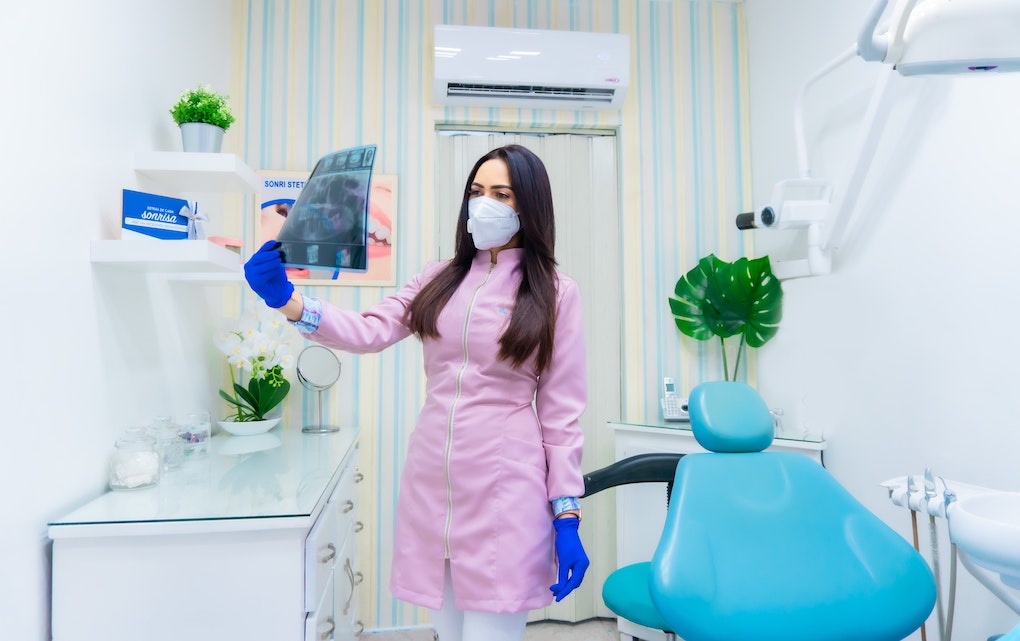
October 24, 2022
How Dental School Debt Compares to Medical School Debt

It’s no secret that dentistry is the number one job in America for debt. This puts even more pressure on dental school graduates to pick the proper transition route when entering into a practice, whether that’s buying an existing dental practice or starting from scratch. However, when it comes to your return on investment, the differences between dental and medical school debt are night and day. Here, we present the data and explain why taking on dental school debt pays off in the long run.
The average debt for a dental student was $292,169 in 2019 while medical students owed about $215,900 in 2018, the last year data was available.
New dental school graduates are in a good position to establish a startup with profitability projected between six and nine months. You’ll have full control over the design and aesthetics of your practice to the types of patients and procedures you attract, as well as the scale of your practice based on your skill set. There is also an attrition rate of between 15% and 20%, compared to an existing practice in which you can expect a profit from day one but an expected 7% to 10% of the existing patient base to leave after the transition.
Rather than taking the safer route of working as an associate or for a dental service organization (DSO) that will only provide a commission for the work you do, owning your own practice will only maximize the investment of your dental degree because you’ll receive not only a commission, but also a profit component, most notably in an area where there is demand. Though counterintuitive, taking on more debt will pay off as your investment is typically paid back within eight years of practice. Yes, your debt rate will be high before you even see your first patient, but so is the success rate. You should expect a couple of lean years since it can take a while to get the same revenue as if you bought an existing practice.
The average cost of a four-year dental education was $205,019 for public schools and $335,536 for private schools in 2019–20, the last year data was available. The average yearly cost of medical school for non-residents in 2019–20 was $61,620 for public schools and $60,305 for private schools.
It may be surprising to know that lenders are not necessarily worried about student loan debt. The reason is that it is widely acknowledged that dental school graduates have a significant amount of student loans so the default rate for dental practices is low. What the banks will look at is if the doctor can afford the payments on the student loan debt and the practice debt.
Compared to a small business owner whose average salary is approximately $70,000 a year, as of 2016, the average dentist’s salary is $173,000, the average orthodontist’s salary is $228,000, and the average oral and maxillofacial surgeon’s salary is $233,000. Due to the higher-than-average annual salary and the 0.3% failure rate of dental practices, the dental industry has the lowest default rate and some of the highest cash flow.
Average dental student debt was $58,603 in 1980, adjusted for inflation, and $292,169 in 2019, the last year data was available. Average medical student debt was $84,300 in 1988, adjusted for inflation, and $215,900 in 2018, the last year data was available.
There are seemingly endless options for refinancing your dental school debt, all worth exploring related to your personal and professional financial situation. Then, start any new business opportunity with the end in mind by knowing what types of transitions are available to you. What’s more, even once you’re established in the practice, you’ll want to brush up on your skills or learn new ones, not limited to dental classes to better your business opportunities.
What’s next?
Contact the experts at Professional Transition Strategies to guide you through the dental practice ownership process.